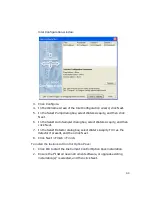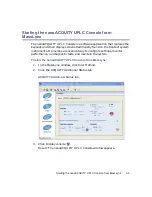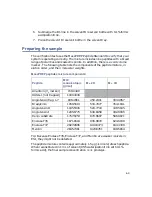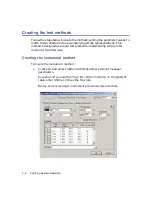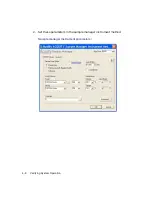
Performing the test
4-11
5.
Review the gradient performance report. The system verification test
result is “passing” when these conditions are realized:
•
The peaks are symmetrical, integrated, and identified correctly.
(Compare the chromatogram on the report to the sample
chromatogram, below, to determine this.)
•
The peak retention times show a relative standard deviation (RSD)
of less than 15.0 seconds (0.25 minutes). Use the table you
completed to determine this.
Sample system verification test chromatogram (MS detection):
Example:
This is a representative chromatogram. The results from your
system can vary slightly.
Angiotension frag 1-7
Bradykinin
Angiotensin II
Angiotensin I
Summary of Contents for nanoACQUITY UPLC
Page 7: ...vii ...
Page 16: ...xvi ...
Page 20: ...xx Table of Contents ...
Page 32: ...1 12 System Overview ...

